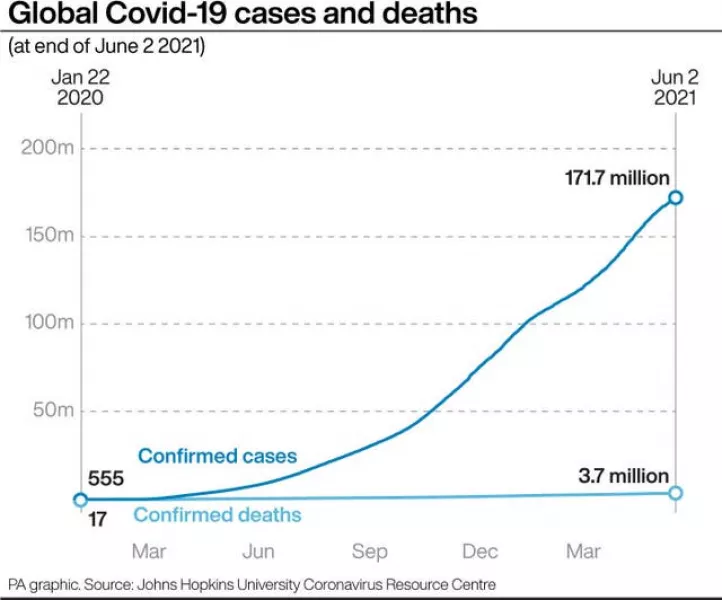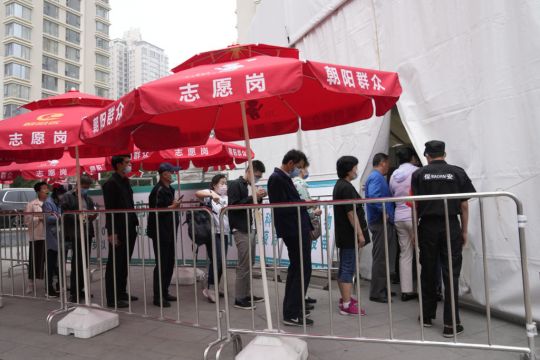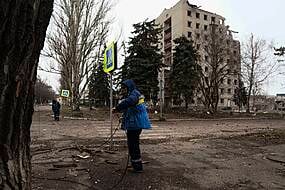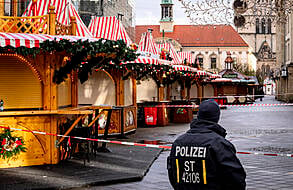China has stepped up its vaccination programme, giving out 100 million shots of its Covid-19 jabs in the span of just five days last month.
After a slow start, China is now doing what virtually no other country in the world can: Leveraging the power and all-encompassing reach of its one-party system and a maturing domestic vaccine industry to administer shots at a staggering pace.
The rollout is far from perfect, including uneven distribution, but Chinese public health leaders now say they are hoping to inoculate 80% of the population of 1.4 billion by the end of the year.
As of Wednesday, China had given out more than 704 million doses — with nearly half of those in May alone.
China’s total is roughly a third of the 1.9 billion shots distributed globally, according to Our World in Data, an online research site.
The call to get vaccinated comes from every corner of society. Companies offer shots to their employees, schools urge their students and staff, and local government workers check on their residents.
That pressure underscores both the system’s strength, which makes it possible to even consider vaccinating more than a billion people this year, but also the risks to civil liberties — a concern the world over but one that is particularly acute in China, where there are few protections.
“The Communist Party has people all the way down to every village, every neighbourhood,” said Ray Yip, former country director for the Gates Foundation in China and a public health expert. “That’s the draconian part of the system, but it also gives very powerful mobilisation.”

China is now averaging about 19 million shots per day, according to Our World in Data’s rolling seven-day average.
That would mean a dose for everyone in Italy about every three days. The United States, with about one quarter of China’s population, reached around 3.4 million shots per day in April when its drive was at full tilt.
It is still unclear how many people in China are fully vaccinated — which can mean anywhere from one to three doses of the vaccines in use — as the government does not publicly release that data.
Zhong Nanshan, the head of a group of experts attached to the National Health Commission and a prominent government doctor, said on Sunday that 40% of the population has received at least one dose, and the aim was to get that percentage fully vaccinated by the end of the month.
In Beijing, the capital, 87% of the population has received at least one dose.

Getting a shot is as easy as walking into one of hundreds of vaccination points found all across the city. Vaccination buses are parked in high foot-traffic areas, including in the city centre and at shopping centres.
But Beijing’s abundance is not shared with the rest of the country, and local media reports and complaints on social media show the difficulty of getting an appointment elsewhere.
Before the domestic campaign ramped up in recent weeks, many people were not in a rush to get vaccinated as China has kept the virus, which first flared in the country, at bay in the past year with strict border controls and mandatory quarantines.
It has faced small clusters of infections from time to time, and is currently managing one in the southern city of Guangzhou.
Although there are distribution issues, it is unlikely that Chinese manufacturers will have problems with scale, according to analysts and those who have worked in the industry.

Sinovac and Sinopharm, which make the majority of the vaccines being distributed in China, have both aggressively ramped up production, building brand new factories and repurposing existing ones for Covid-19.
Sinovac’s vaccine and one of the two Sinpharm makes have received an emergency authorisation for use from the World Health Organisation, but the companies, particularly Sinopharm, have faced criticism for their lack of transparency in sharing their data.
Sinovac has said it has doubled its production capacity to two billion doses a year, while Sinopharm has said it can make up to three billion doses a year.
But Sinopharm has not disclosed recent numbers of how many doses it actually has made, and a spokesman for the company did not respond to a request for comment. Sinovac has produced 540 million doses this year as of late May, the company said on Friday.







